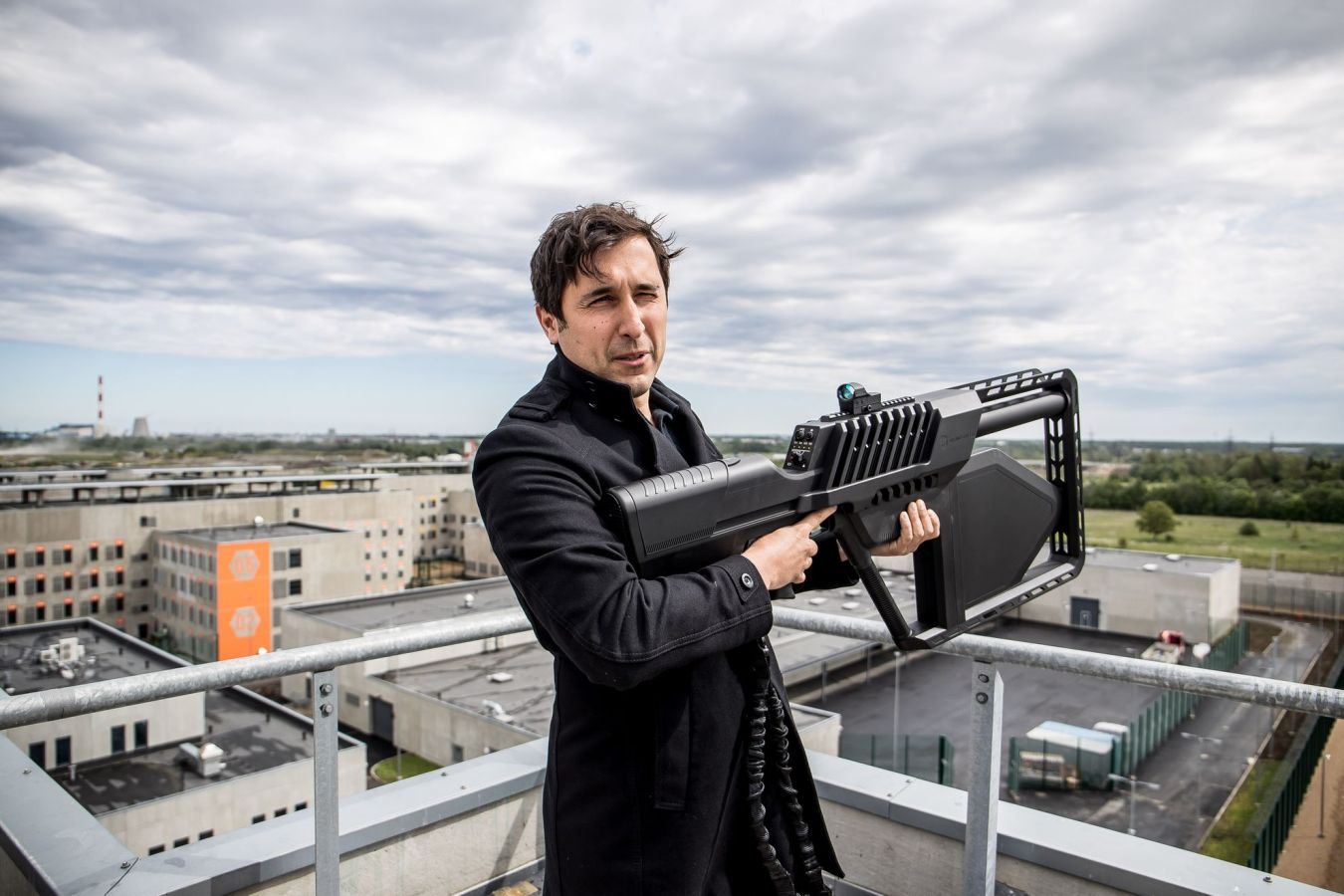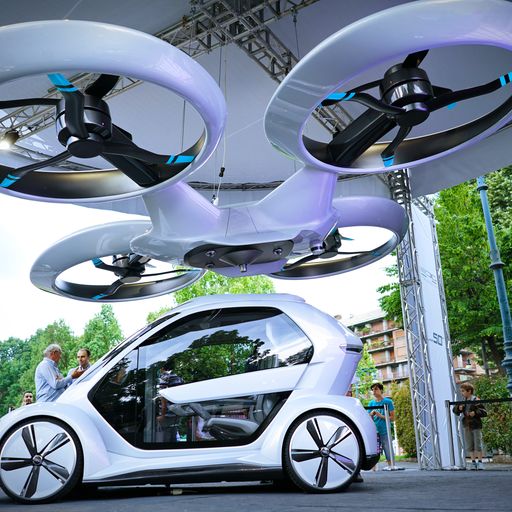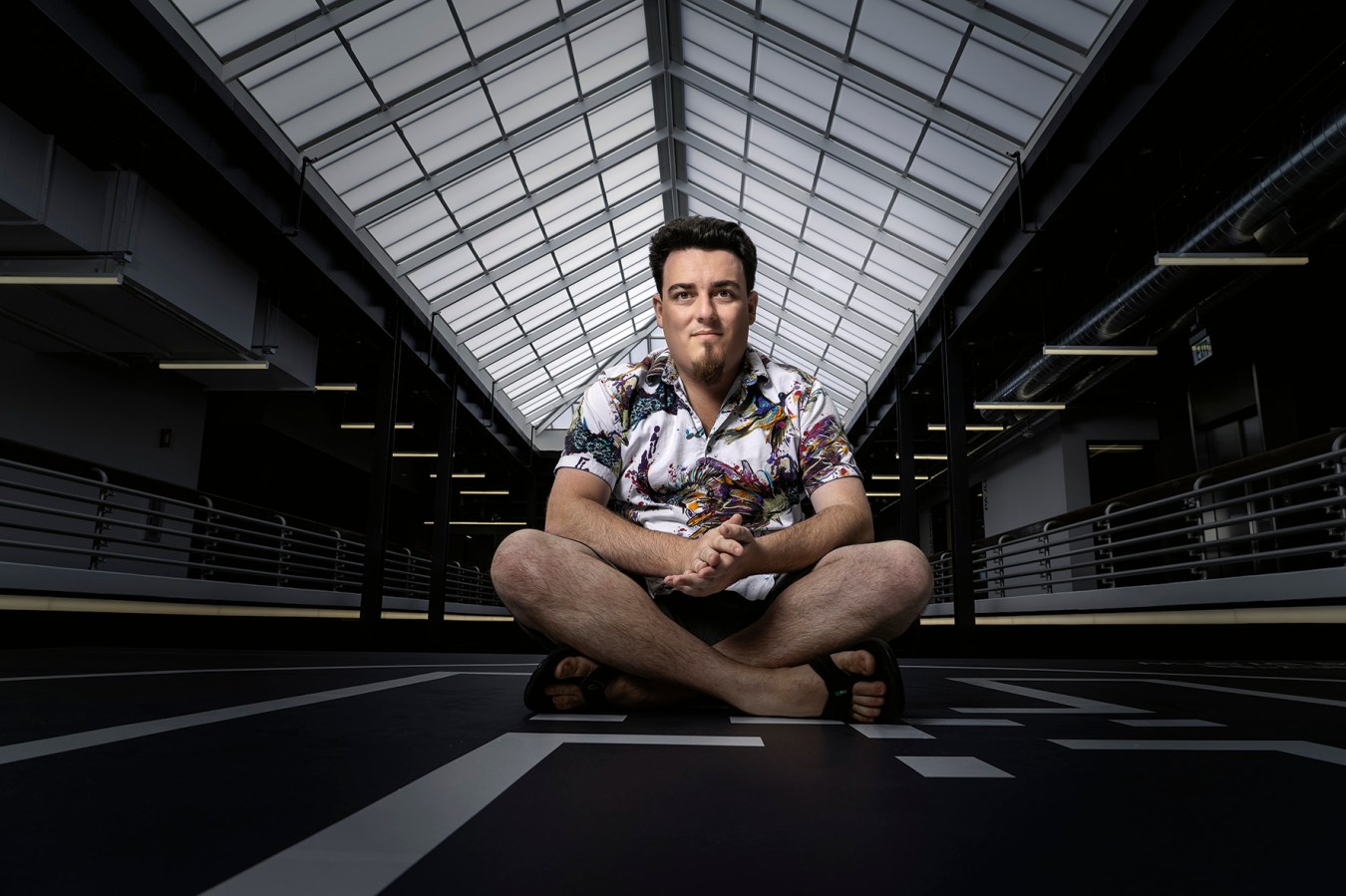How two former special forces soldiers listed an indoor skydiving company on the ASX then branched into VR gaming before going back to their roots to build a VR system for training cops and soldiers.
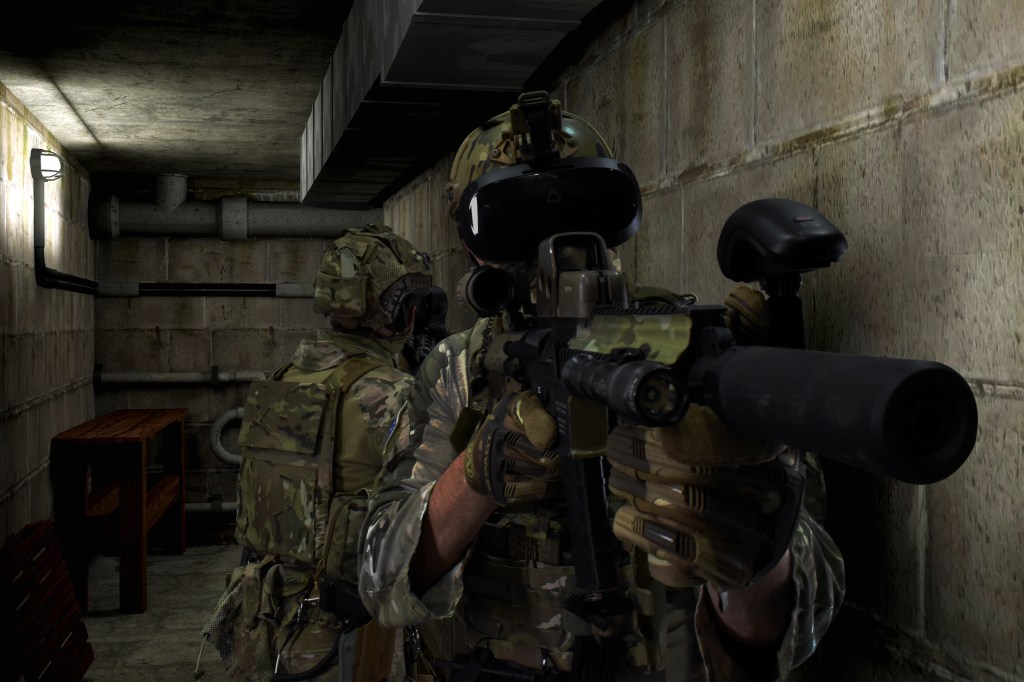
Key Takeaways
- The LAPD SWAT unit will take delivery of Australian company xReality Group’s VR training system this month for a trial.
- The story begins when two SAS soldiers hatch a plan to bring indoor skydiving wind tunnels to Australia while on deployment to Afghanistan.
- Within a year of leaving the military they had a successful IPO.
- They diversified into VR games with their Freak VR venues, before returning to their roots in special-ops training, and now have a total of six former special-forces soldiers working for them.
- They’ve even got a school using it.
The M4 assault rifle in xReality Group CEO Wayne Jones’s hands is a real, licensed weapon, but its ammunition has been replaced by a magazine holding food-grade carbon dioxide and the bolt has been replaced by a transmitter sending signals back to an Android tablet.
That’s the beauty of his Operator XR virtual reality training system, he says. Police and soldiers can bring their own weapons into the virtual world and use them instead of plastic toys as they battle against a multitude of virtual foes, or, say, talk down a psychotic teen with a knife.
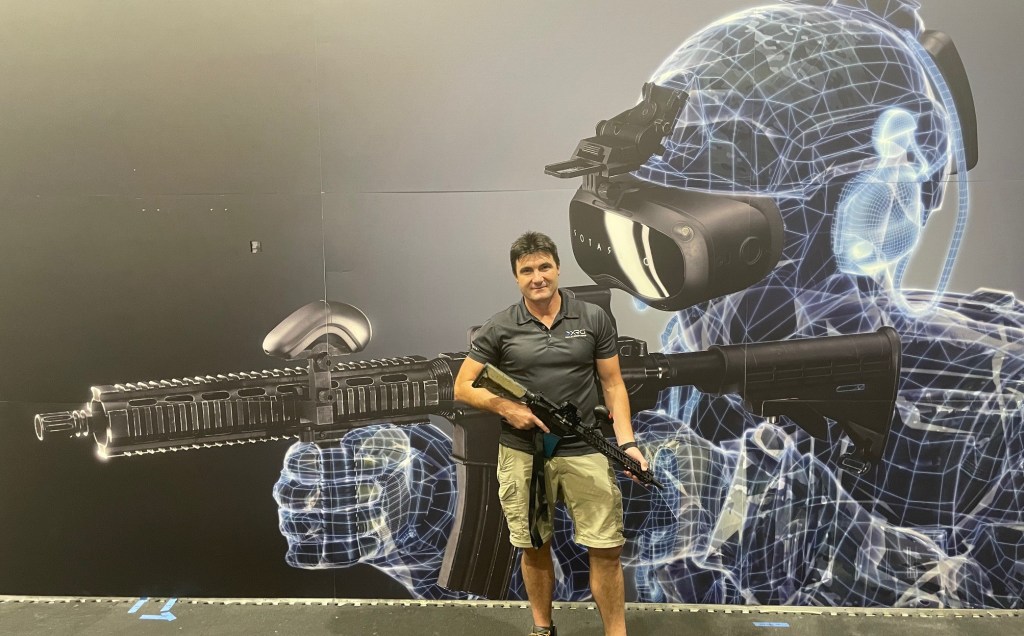
He dons the VR headset and is suddenly leading the way into a dilapidated Besser brick building. There are hostages being held by terrorists inside, he says. “You and me are going to go and clear the stronghold.”
I’m holding the gun just like I learnt in the movies. He’s holding it like he learnt from 15 years in the Australian SAS regiment. He goes left into a room. Bang! Bang! Bang! By the time I enter, there’s a disconcertingly realistic-looking guy in a black balaclava lying on the floor with an assault rifle next to him. No blood. Jones leads into another room, three shots, same deal, only this time there’s a toilet covered in excrement for verisimilitude.
“We didn’t clean up before you came,” Jones quips. “You’re taking the lead now you’ve seen how it’s done. We’re going into that room on the right.”
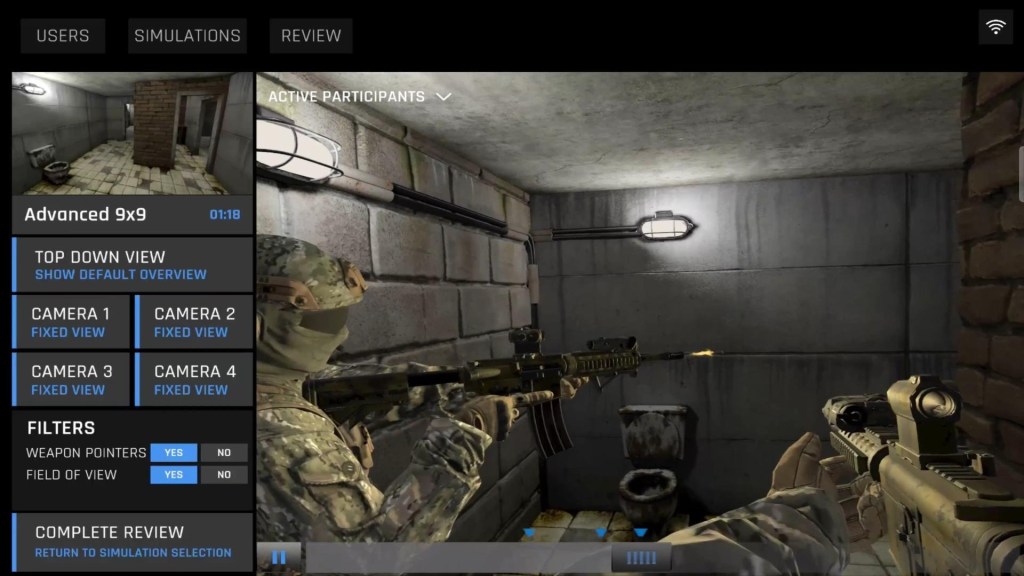
I lead the way in and fire three slow shots into the first person I see, a guy in a blue shirt. “Okay, that was a hostage,” says Jones. “That’s all right. Lesson learned, but you just got shot by the terrorist around the corner. Look at yourself. You’re a white ghost. That means you’ve been shot. We’ll take two steps back towards me. I’ll revitalise you. I’ve got the driver on my hip.”
Forbes Australia had been invited to be the first media to test run xReality Group’s VR training system for special forces and police on the back of news that the Los Angeles Police Department was this month going to start trialling the system.
“The point is, we want to make it so guys learn from what they’re doing as they’re going through the scenarios,” Jones says. “It’s a good time to reflect on your drills and what you could do better next time.”
I go back in and dispatch a couple more terrorists and save a couple of hostages. Taking off the goggles, it’s disappointing to be back in the ordinariness of xReality Group’s warehouse headquarters in Brookvale on Sydney’ Northern Beaches.
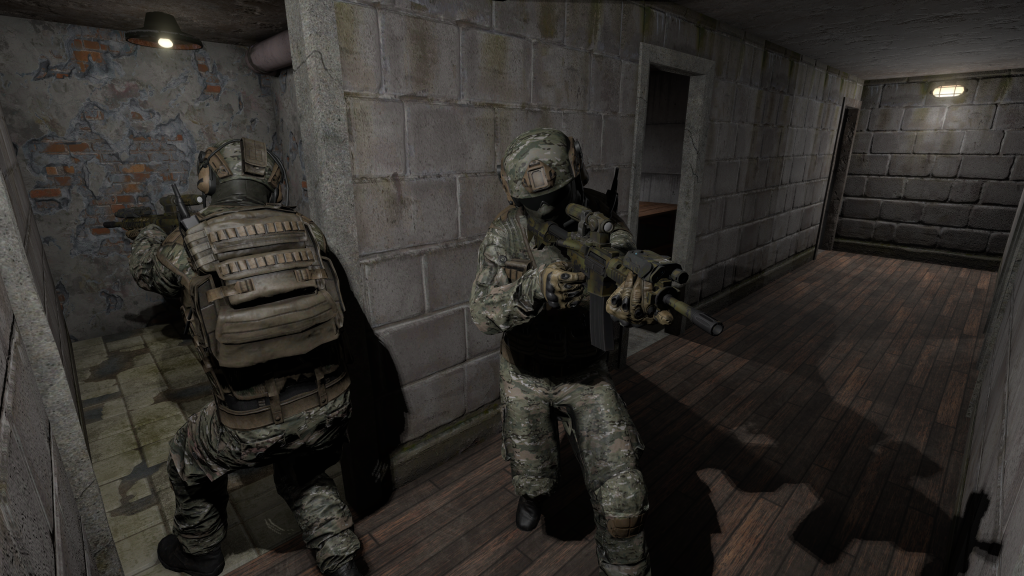
Jones and chief product and technology officer Kim Hopwood say the big advantage their product has over rivals is that aside from officers being able to use their own real weapons, the entire system weighs 20kg, fits into a case the size of a guitar case and can be used anywhere.
Operator XR’s product manager, Justin Kay, is another former SAS regiment member. He demonstrates the speed with which blueprints of a building can be turned into a VR training ground, complete with windows, doors and furniture. Within 15 minutes of obtaining the blueprint, a team could be rehearsing an entry into the building. “Think Lindt Café or any other siege you’ve seen in recent years,” says Jones.
The special ops pack with four headsets sells on licence for $100,000 a year. The law enforcement package – designed for police operating in pairs – comes with capsicum spray and a VR taser. It licenses for $50,000 a year.
Crazy time
xReality Group traces its origins back to when Jones and his comrade Danny Hogan were talking about what they could do when they left the military. Jones was with the SAS in Afghanistan and Hogan, also an Australian SAS member, was on a years’-long secondment to the US Navy Seals.
They’d both done a lot of freefalling in their training, including in wind tunnels overseas. But Australia didn’t have any skydiving wind tunnels. So they decided to fix that.
“It was a crazy time,” says Jones. “Danny got home from America and we started spending all our money on setting up the business, getting all the approvals we needed.”
They founded the company in 2011, got out of the army in 2012, and moved to Sydney. Failing to find capital funding, they went straight for an IPO and had it ready to go by the end of the year. The Australian Financial Review called it the most unusual float of the year. “Co-founders Wayne Jones and Daniel Hogan have limited experience running companies and no background in tourism or the leisure-sport market.” They learned fast.
Their company, Indoor Skydive Australia Group, floated at 16c a share in January 2013, raising $12 million – half through equity and half through a convertible note funded by entrepreneur and investor Steve Baxter who joined the board and went on to mentor Jones. The share price rocketed up to spend the next few years in the 60c to 70c range.
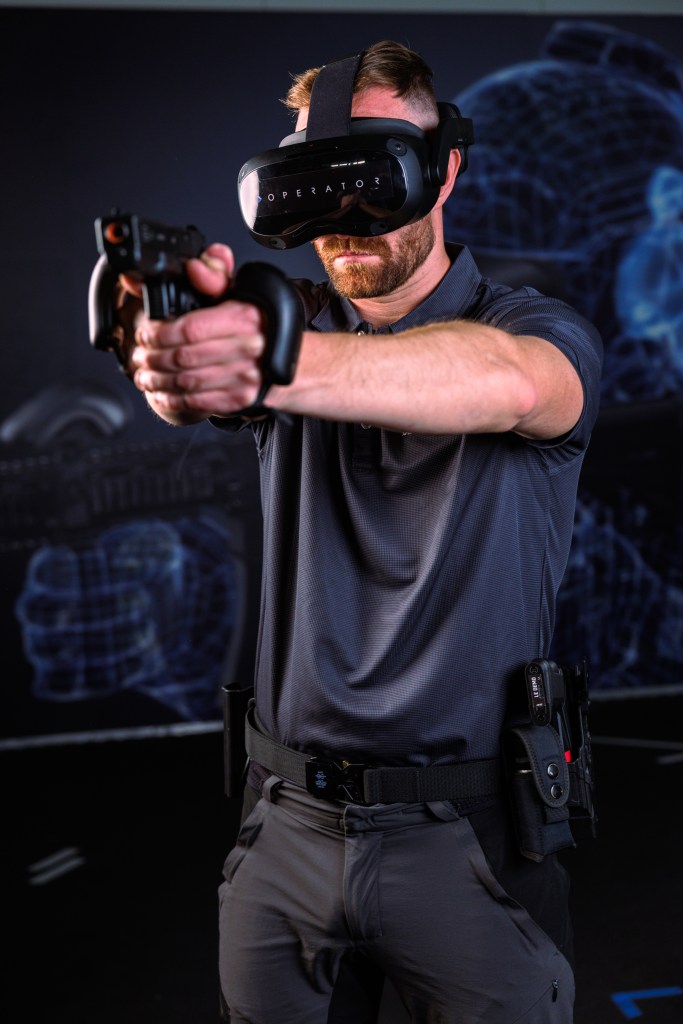
The first wind tunnel opened in April 2014, at Penrith in Sydney’s west, and was marketed as iFly Downunder. They opened another on the Gold Coast in 2016, and one in Perth, then decided to diversify into virtual reality.
Meanwhile, avid skydiver and techie Kim Hopwood works for the company in exchange for wind tunnel time. Hopwood had co-founded digital advertising agency, Pusher, and sold it to the multinational Publicis Groupe in 2014. He’d worked out his three years with Publicis and been on holiday for a year when Jones and Hogan started talking about bringing in a consultant to build a VR business.
“I said, ‘Don’t waste your money. I’ll work it out,’” recalls Hopwood. “We went into a bunker for six months and got stuck into understanding VR.” He and Jones built a VR entertainment business called Freak – a chain of bricks-and-mortar venues where you can run around with a VR headset shooting zombies and the like – funding it with profits from the wind tunnel business. They rolled it out in 2019, just in time for COVID-19.
And even while the share price plummeted below 1c as lockdowns bit, they were looking at ways to leverage their VR know-how.
“Coming out of the army into the business world, it’s a lot tougher than what you think. You need to learn fast or you get swallowed up.”
Wayne Jones, CEO xReality Group
They looked at applying the technology to mining, education and health but realized they needed to stick to what they knew. Jones’s last job at the SAS had been running the Close Quarter Battle cell – training for urban environments. “Once we understood we could use VR in a realistic way to do serious training we started pursuing that … Ten years ago you would have got laughed out of the room. In my day the technology just wasn’t up to scratch.”
Red Cartel
To meet defence requirements, they needed to do it in-house to ringfence the technology. They found a company, Red Cartel, that was already doing free-moving VR games nearby. They bought it in August 2021 and brought them in.
“They had a system where they were turning a game into a more real-life scenario,” says Jones. “When we bought that over, we stripped it back and built it back up with the same IP those guys had developed. A very smart group of fellers and they’re the driving force behind the tech.”
Soon, not only was Red Cartel building the special operations training platform, they were also creating shoot-’em-ups for Freak.
There are 12 developers working on the special ops training platform – called Operator XR.
And six former SAS regiment members are also on the team. Jones says VR could never completely replace traditional training methods but would give trainers more options. “When guys were killed in operations, you’d go back and analyse how it happened. If we had a way to recreate whatever we had come across we’d do that.
“We’d normally do it at a range or in a killhouse and we’d train that scenario to be a better fighting unit. I think VR is a great complementary tool for that. When it really comes into play though is when you have a photo from above or a blueprint and you can recreate an unseen environment. Then the first time you go through that door in real life at least you have a sense of what you’re going to come across. I don’t think it will ever replace the live tools we use, but it improves your options.”
Their first sale was to the Western Australian police who, with 6,500 members, would rank in the top ten largest police forces if it was in the US. Indoor Skydive Australia changed its name to xReality Group Pty Ltd in 2021 and partnered with Endurance Group in the US. Jones says Endurance is staffed by “ex-tier-one special forces guys who already train DOD in the states. So they’re giving demonstrations to the US military. We’ve got a way in through these guys which is super important because you just can’t get through that gate from Australia.”
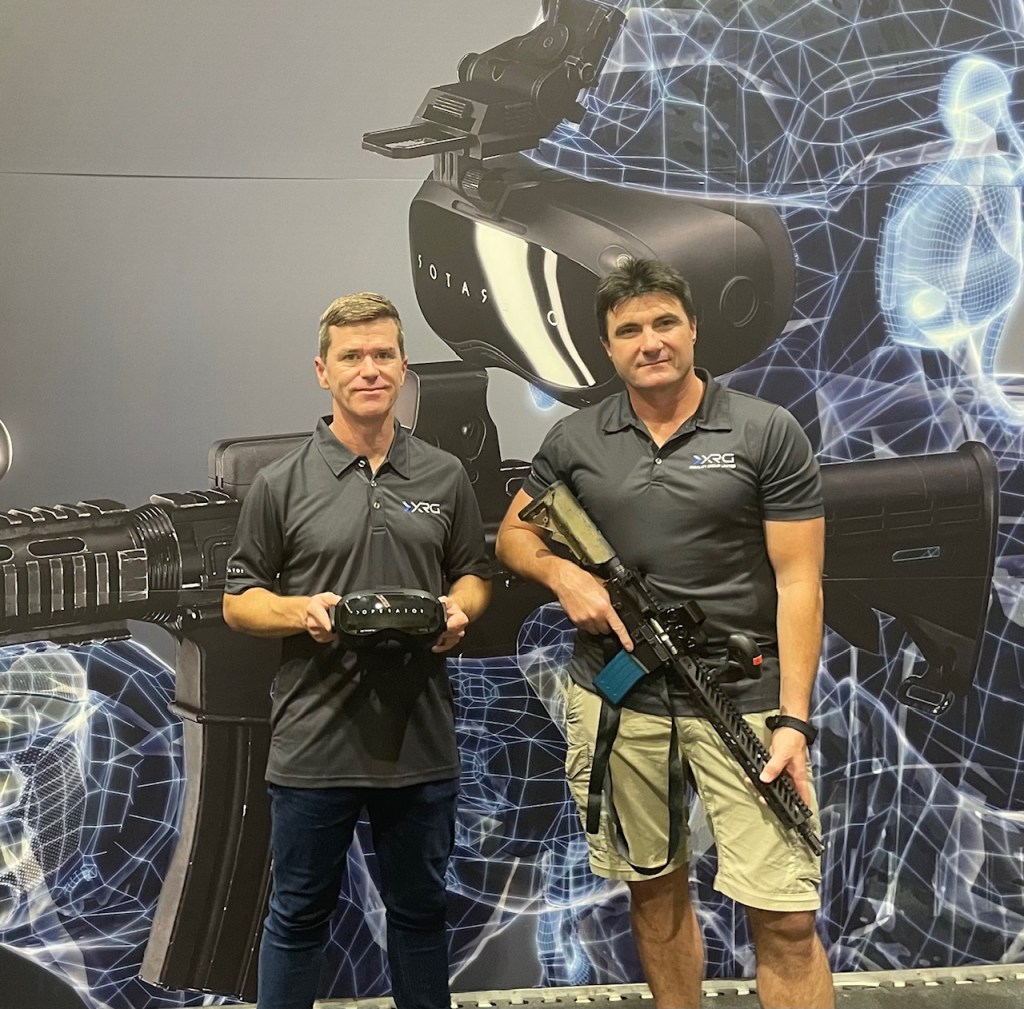
A $3.15 million capital raising last year enabled xReality Group to employ a five-man US sales team consisting of four ex-cops and one ex-military guy to go after the 18,000 separate American police jurisdictions. The first US customer was the Garfield County Sheriff’s Department in Colorado, followed by a high school in Los Vegas. “The high school bought a set for forensics training for students,” says Hopwood. “Picture being able to place bodies, bullet cases, DNA clues, tyre tracks, any type of forensics that might be in a crime scene. That was unexpected for us, but it’s a massive market. There are upwards of 30,000 schools in the US in that market. It was another great use case.”
And it also made them realise they could add forensic functions to the kit they were already trying to sell to police.
The Los Angeles Police Department SWAT unit announced in January that it will take delivery of Operator XR for trials starting this month.
“I’m buying so much, because I’m 100% confident we’re going to dominate the market with this product.”
Operator XR has been funded by cash flow from the wind tunnels and Freak sides of the business. Jones says they have a sales pipeline of $30 million “with above 60% probability” of success and promises that they will have some big announcements soon. “We’ve got 20 quotes out there in the states. We’ve got a distributor in Southeast Asia, and we’re very close to the end of some quite lucrative tenders in the US DOD. So we’re expecting this is our year to really stamp this home and make a decent profit.”
xReality Group has partnered with another ASX-listed defence tech DroneShield – which has enjoyed a recent surge in its share price – to use VR to train against drone attack.
The Australian Defence Force also bought a kit last year and is midway through a “concept evaluation”, Hopwood says.
Still buying
Founding partner Danny Hogan is still on the board but took a redundancy some years ago after the company lost a major court battle with its wind tunnel supplier and needed to cut costs and rebuild.
“It was a tough time. We had to dig deep and make some tough calls. But it strengthened us as a company. It was a catastrophic hit. But we got through it with pure perseverance and grit and built it back up again. We’re a lot wiser now. Coming out of the army into the business world, it’s a lot tougher than you think, that’s for sure. You need to learn fast or you get swallowed up.”
Combined with the effects of COVID-19, the market has remained unconvinced, and the share price continues to wallow between 3c and 4c.
Both Hopwood and Jones have been buying xReality Group shares, and exercising options over the past three years. The most recent, on January 31 this year, Jones paid $177,000 to exercise options and before that he’d bought stock on the open market, bringing his total holding to 8.1% of the company. Hopwood, too, has bought more than $100,000 worth of shares on the open market and spent $92,000 to exercise options.
“Obviously I see the value in the company,” says Jones. “I think we’re really undervalued, and rightly so. We’re still speculative, but being in charge of the company, that’s why I’m buying so much, because I’m 100% confident we’re going to dominate the market with this product.”

